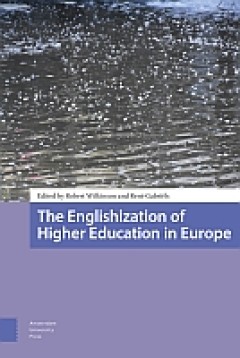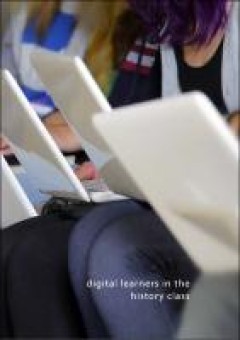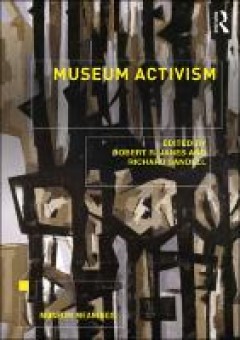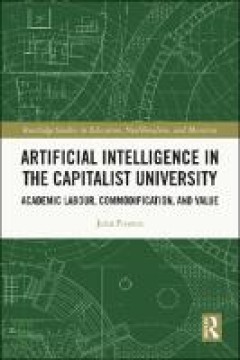Filter by

Handbook of easy languages in Europe
The Handbook of Easy Languages in Europe describes what Easy Language is and how it is used in European countries. It demonstrates the great diversity of actors, instruments and outcomes related to Easy Language throughout Europe. All people, despite their limitations, have an equal right to information, inclusion, and social participation. This results in requirements for understandable langua…
- Edition
- -
- ISBN/ISSN
- 9783732991952
- Collation
- 623 p.
- Series Title
- -
- Call Number
- 400 LIN h

The englishization of higher education in Europe
The introduction of English as a medium of instruction (EMI) has changed higher education enormously in many European countries. This development is increasingly encapsulated under the term Englishization, that is, the increasing dispersion of English as a means of communication in non-Anglophone contexts. Englishization is not undisputed: legal challenges have arisen in several countries. Nor …
- Edition
- -
- ISBN/ISSN
- 9789048553914
- Collation
- 375 p. : bnw, ill.
- Series Title
- -
- Call Number
- 378.198094 WIL t

Accessible communication : a cross-country journey
Easy-to-Understand (E2U) text practices enable and facilitate accessible communication. E2U refers both to Plain and to Easy Language. These two powerful methods of language and content comprehension enhancement are illustrated through several examples in English, starting from the seminal role of the Anglophone world in promoting plain and lucid style. Originally implemented in written texts, …
- Edition
- -
- ISBN/ISSN
- 9783732991563
- Collation
- 177 p. : color, ill.
- Series Title
- -
- Call Number
- 410 PER a

International perspectives on school settings, education policy and digital s…
An exchange on education ideas has shaped the transatlantic discourse in education for a long time. Over the past two decades education science has increasingly become networked internationally. Since 2015, the Office for International Cooperation in Education at DIPF | Leibniz Institute for Research and Information in Education has organized international sessions on education research at the …
- Edition
- -
- ISBN/ISSN
- 9783847416609
- Collation
- 390 p. : ill.
- Series Title
- -
- Call Number
- 379 WIL i

We used to wait : music videos and creative literacy
An investigation of music videos as a form, a practice, and a literacy.Music videos were once something broadcast by MTV and received on our TV screens. Today, music videos are searched for, downloaded, and viewed on our computer screens—or produced in our living rooms and uploaded to social media. In We Used to Wait, Rebecca Kinskey examines this shift. She investigates music video as a form…
- Edition
- -
- ISBN/ISSN
- 9780262526920
- Collation
- ix, 91 p. : bnw, ill.
- Series Title
- -
- Call Number
- 791.456578 KIN w

Surfing the past
This book discusses one of the most frequently discussed subjects in history education during the last two decades, namely how secondary school pupils use the World Wide Web for their learning activities. Based on two case studies in two Dutch schools, the book shows some ways in which the use of the Web has changed history education in at least three respects: first, the findings of the two ca…
- Edition
- -
- ISBN/ISSN
- 9789088900815
- Collation
- 279 p. : color, ill.
- Series Title
- -
- Call Number
- 907.12 NYI s

Reimagining the higher education student : constructing and contesting identi…
Drawing on the perspectives of scholars and researchers from around the world, this book challenges dominant constructions of higher education students. Given the increasing number and diversity of such students, the book offers a timely discussion of the implicit and sometimes subtle ways that they are characterised or defined. Topics vary from the ways that curriculum designers ‘imagine’ …
- Edition
- -
- ISBN/ISSN
- 9780367854171
- Collation
- xix, 249 p. : bnw, ill.
- Series Title
- Research into higher education
- Call Number
- 378.198 BRO r
Teacher education for sustainable development and global citizenship : critic…
This book examines how educators internationally can better understand the role of education as a public good designed to nurture peace, tolerance, sustainable livelihoods and human fulfilment. Bringing together empirical and theoretical perspectives, this insightful text develops new understandings of education for sustainable development and global citizenship (ESD/GC) and illustrates how the…
- Edition
- -
- ISBN/ISSN
- 9780429427053
- Collation
- xxvii, 258 p. : ill.
- Series Title
- Critical Global Citizenship Education
- Call Number
- 338.927071 BAM t

Museum activism
Only a decade ago, the notion that museums, galleries and heritage organisations might engage in activist practice, with explicit intent to act upon inequalities, injustices and environmental crises, was met with scepticism and often derision. Seeking to purposefully bring about social change was viewed by many within and beyond the museum community as inappropriately political and antithetical…
- Edition
- 13
- ISBN/ISSN
- 9781351251044
- Collation
- xxix, 406 p. : ill.
- Series Title
- -
- Call Number
- 069 JAN m

Artificial intelligence in the Capitalist University : academic labour, commo…
Using Marxist critique, this book explores manifestations of Artificial Intelligence (AI) in Higher Education and demonstrates how it contributes to the functioning and existence of the capitalist university. Challenging the idea that AI is a break from previous capitalist technologies, the book offers nuanced examination of the impacts of AI on the control and regulation of academic work and l…
- Edition
- -
- ISBN/ISSN
- 9781003081654
- Collation
- VII, 173 p.
- Series Title
- Routledge Studies in Education, Neoliberalism, and Marxism,
- Call Number
- 378.17344678 PRE a
 Computer Science, Information & General Works
Computer Science, Information & General Works  Philosophy & Psychology
Philosophy & Psychology  Religion
Religion  Social Sciences
Social Sciences  Language
Language  Pure Science
Pure Science  Applied Sciences
Applied Sciences  Art & Recreation
Art & Recreation  Literature
Literature  History & Geography
History & Geography